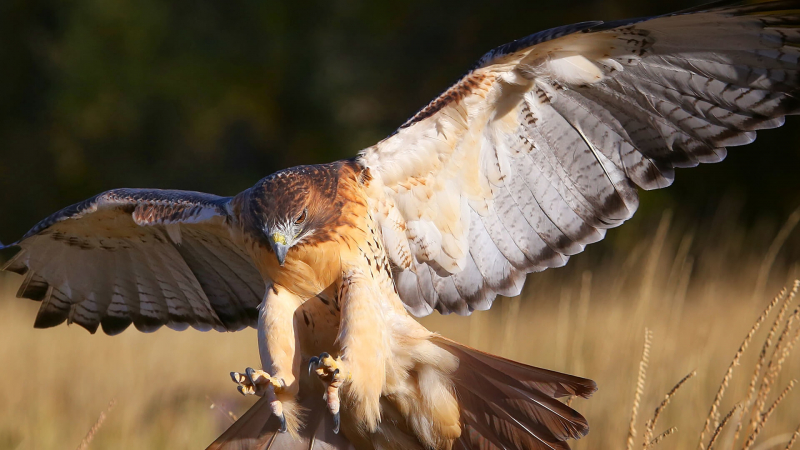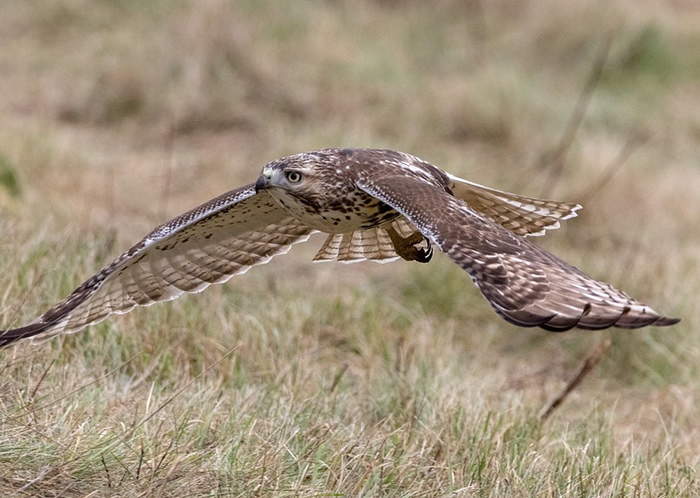Birds of Prey
The most frequent predators of chickens are species that prefer to pursue other birds, such as Cooper's hawks and sharp-shinned hawks. However, even eagles and red-tailed hawks may attack chickens if they are sufficiently hungry and have the chance. Although owls will hunt chickens as well, there is a minimal chance that they would harm animals in a safe coop and run because they only hunt at night.
Although they have been known to take advantage of openings in coops and runs that allow them to approach from above and surround their prey within the coop where the chickens have nowhere else to flee, birds of prey often strike while birds are free-ranging. Usually, only one bird is killed at a time. Birds of prey cannot gorge themselves since it would make them too heavy to fly, unlike predators that forage on the ground, and they also don't store food stashes as foxes do.
Raptors frequently pluck the ribcage bones clean in a particular way before devouring chickens. If you uncover the remains, you can rule out land predators since they won't leave tooth marks on the bones as other predators will. While bigger birds must be devoured on-site because they are too heavy to move, leaving a bloody scene behind, smaller birds like chicks and bantams may be entirely taken away, leaving no indication of the assault.










